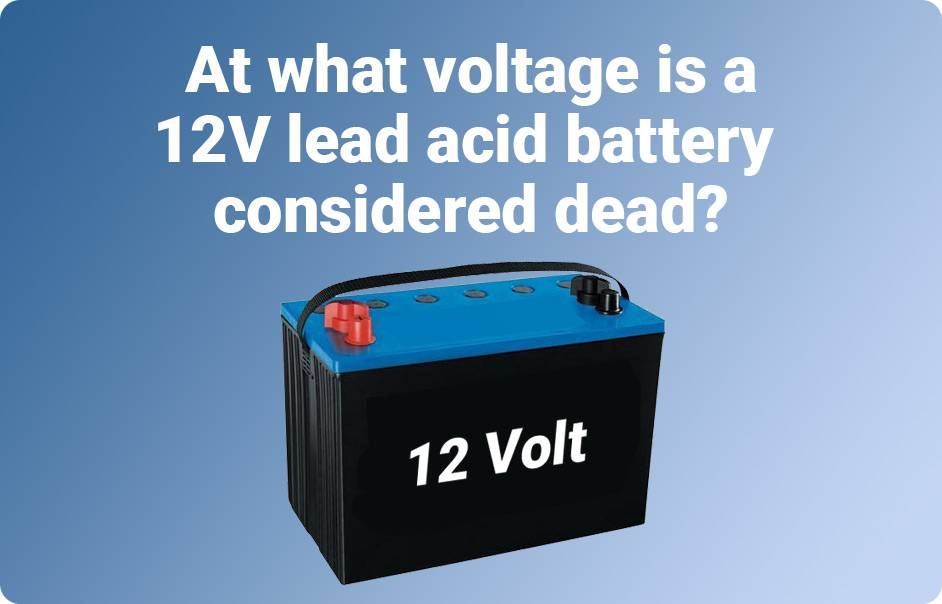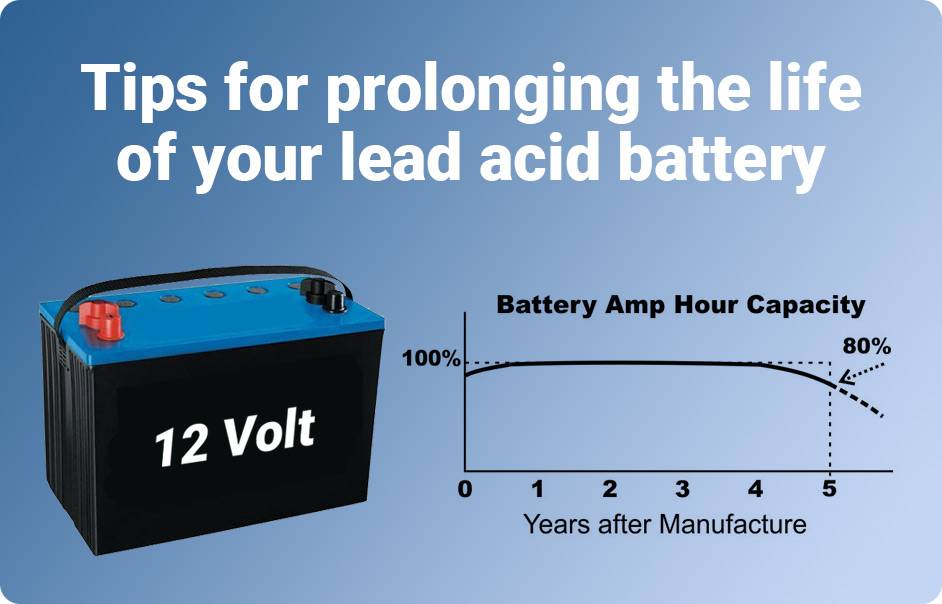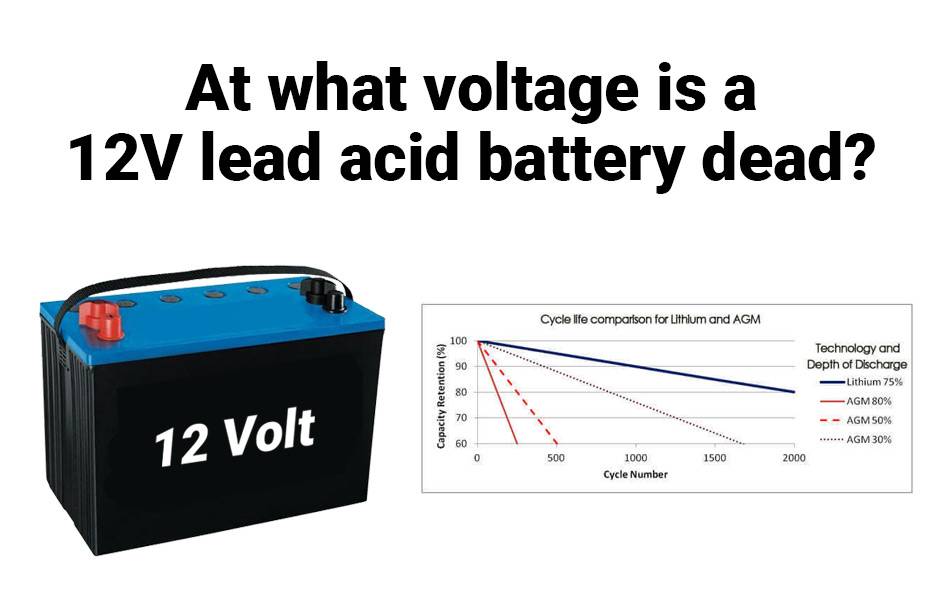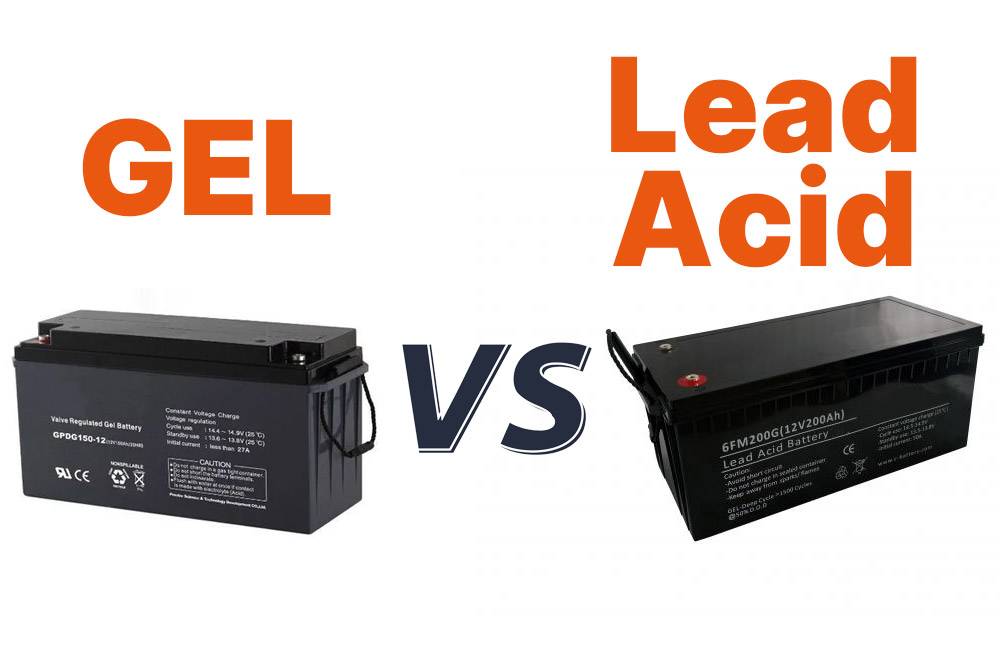Explore the world of lead acid batteries, versatile power sources for cars, boats, and home backups. Learn about their voltage, state of charge, and lifespan. Discover optimal voltage ranges and expert tips for longevity. Get ready to geek out with multimeters and unravel the mysteries of these powerful energy storage devices!
Understanding voltage and state of charge
The voltage of a lead acid battery is influenced by multiple factors that impact its performance and lifespan. Temperature extremes can cause voltage fluctuations, while the battery’s state of charge affects its voltage level, decreasing as it discharges and increasing during charging.
Additionally, the battery’s age and condition contribute to voltage changes over time, with degradation leading to lower voltages despite proper charging. Deep and frequent discharges can also harm the battery’s voltage levels and overall capacity.
External factors like high electrical loads or poor connections can further affect voltage readings. Understanding these influences helps in monitoring the battery’s health and making maintenance decisions to prevent complete discharge and ensure longevity.
The factors that affect battery voltage
The voltage of a lead acid battery is influenced by multiple factors that impact its performance and lifespan. Temperature extremes can cause voltage fluctuations, while the battery’s state of charge affects its voltage level, decreasing as it discharges and increasing during charging.

Additionally, the battery’s age and condition contribute to voltage changes over time, with degradation leading to lower voltages despite proper charging. Deep and frequent discharges can also harm the battery’s voltage levels and overall capacity.
External factors like high electrical loads or poor connections can further affect voltage readings. Understanding these influences helps in monitoring the battery’s health and making maintenance decisions to prevent complete discharge and ensure longevity.
What happens when a lead acid battery is discharged?
When a lead acid battery is discharged, chemical reactions occur within its cells, converting stored chemical energy into electrical energy. As this happens, the battery’s voltage gradually drops.
During discharge, sulfuric acid reacts with lead plates to form lead sulfate, weakening the acid’s ability to generate electricity. This process leads to the buildup of lead sulfate crystals on the battery’s plates, reducing surface area contact and capacity.
Self-discharge, influenced by factors like temperature, also occurs when the battery is not in use. If left discharged for too long, irreversible damage such as sulfation can occur, severely impacting the battery’s efficiency and performance.
Proper maintenance, including regular charging cycles, is essential to prevent deep discharge events and maximize the lifespan and reliability of lead-acid batteries.
How to measure the voltage of a 12V lead acid battery
One of the most important things to know about your 12V lead acid battery is how to measure its voltage. This gives you an indication of the battery’s charge level and when it needs recharging.
To measure voltage, use a voltmeter or multimeter. Set it to DC voltage, connect the probes to the battery terminals (positive to positive, negative to negative), and read the display. A reading of 12.6-12.8 volts indicates a fully charged battery. Lower readings suggest it needs charging.
Keep in mind that voltage alone doesn’t reveal the battery’s full health or capacity. Consider using a load tester or capacity test for a more accurate assessment. Regular voltage checks help prevent power failures and extend battery life.
At what voltage is a 12V lead acid battery considered dead?
Understanding when a 12V lead acid battery is considered dead is crucial for anyone relying on them for power, whether in vehicles or backup systems.

1. Voltage at Full Charge: A fully charged 12V lead acid battery typically reads around 12.6-12.8 volts, but this voltage decreases as the battery discharges.
2. Determining Dead Voltage: Pinpointing the exact dead voltage can be challenging due to factors like temperature and battery age. However, experts generally agree that a 12V lead-acid battery is considered dead when its voltage drops below approximately 10-10.5 volts under load.
3. Manufacturer Specifications: Different manufacturers may have slightly different specifications for minimum acceptable voltages before considering the battery dead. Consulting manufacturer guidelines is advisable for accurate information.
By knowing when a lead acid battery is dead, you can take timely action to recharge or replace it, ensuring reliable power when you need it most.
Tips for prolonging the life of your lead acid battery
Maintaining your 12V lead acid battery is vital for its longevity. Here are simple yet effective tips to help you maximize its lifespan:

- Regular Charging: Charge your battery frequently to maintain optimal performance and avoid letting it sit idle for too long without charging.
- Avoid Over-Discharging: Prevent over-discharging by recharging before the voltage drops below 50% capacity, as this can significantly reduce the battery’s lifespan.
- Use a Compatible Charger: Ensure you use a charger specifically designed for lead acid batteries to prevent damage from overcharging or undercharging.
- Keep It Clean and Dry: Clean dirt and corrosion from the terminals regularly to maintain conductivity and prevent performance issues.
- Store in a Cool Place: Store the battery in a cool location away from extreme temperatures to prevent damage caused by heat or cold.
- Check Electrolyte Levels (for Flooded Batteries): If you have a flooded lead-acid battery, check electrolyte levels periodically and top up with distilled water following manufacturer guidelines.
- Handle with Care: Treat the battery gently to avoid mishandling or damaging it, as lead acid batteries contain hazardous materials that could leak if not handled properly.
By following these tips, you can ensure your lead acid battery performs optimally and lasts longer, providing reliable power when you need it.
Remember that proper maintenance practices are key to ensuring the functionality and durability of any rechargeable battery, so incorporate these suggestions into your regular upkeep routines today!
FAQs
How can lithium-ion chemistries with different nominal voltages be incompatible with regular Li-ion batteries in terms of cell count and charging algorithm?
Lithium-ion chemistries with distinct nominal voltages, such as phosphate-based lithium-ion and lithium-titanate, may be incompatible with regular Li-ion batteries due to significant differences in voltage characteristics. These variations result in challenges related to cell count and charging algorithm utilization, making it impractical to intermix them seamlessly within the same battery system. The nominal cell voltage discrepancies between these different lithium-ion chemistries alter the standard requirements for cell count and charging protocols, which can ultimately hinder their integration and efficient operation when combined in the same setup.
What are the nominal voltages of common types of batteries, such as lead acid, nickel-based, and lithium-ion?
Common types of batteries have specific nominal voltages assigned by manufacturers. For lead acid batteries, the nominal voltage is typically 2 volts per cell, with the open circuit voltage of a charged and rested battery measuring about 2.1 volts per cell. Operating lead acid batteries significantly below 2.1 volts per cell can lead to sulfation buildup. During float charge, lead acid batteries usually measure around 2.25 volts per cell.
Moving on to nickel-based batteries like NiCd and NiMH, in consumer applications, they are usually rated at 1.20 volts per cell. However, industrial, aviation, and military batteries may follow the original 1.25 volts per cell standard. The difference in voltage rating between 1.20V and 1.25V cells is primarily a matter of preference in marking.
For lithium-ion batteries, the nominal voltage is typically 3.60 volts per cell. Some manufacturers may label their lithium-ion cells as 3.70 volts per cell or higher for marketing purposes. While the higher voltage can increase watt-hours on paper, this can result in unfamiliar voltage references when connecting multiple cells in series. In general, equipment manufacturers tend to adhere to the standard nominal cell voltage of 3.60 volts for most lithium-ion systems used as a power source.
How does a battery produce voltage potential?
A battery generates voltage potential through an electrochemical process involving the use of metals with varying affinities placed in an acid solution known as an electrolyte. This arrangement leads to the development of an open circuit voltage (OCV) as a result of the electrochemical reaction between the metals and the electrolyte used. The specific combination of metals and electrolytes determines the magnitude of the voltage potential produced by the battery.
How does charging and discharging affect the voltage behavior of a battery?
Charging and discharging play crucial roles in shaping the voltage behavior of a battery. When a battery is charged, it undergoes a process where electrical energy is converted into stored chemical energy, leading to an increase in voltage levels. Conversely, during discharge, the stored chemical energy is converted back into electrical energy, causing a gradual decrease in voltage. These cycles of charging and discharging impact the battery’s overall performance, state of charge, and lifespan. Monitoring these behaviors is essential for maintaining the battery’s health and optimizing its functionality over time.
Furthermore, the voltage behavior under a load and charge is governed by the current flow and the internal battery resistance. A low resistance in the battery produces minimal fluctuation under load or charge, ensuring stable voltage levels. Conversely, a high resistance within the battery can lead to excessive voltage swings, affecting the battery’s performance and efficiency. The process of charging and discharging not only influences the voltage levels but also agitates the battery, requiring up to 24 hours for full voltage stabilization. Understanding these intricate dynamics is crucial for ensuring the longevity and optimal functioning of the battery.













